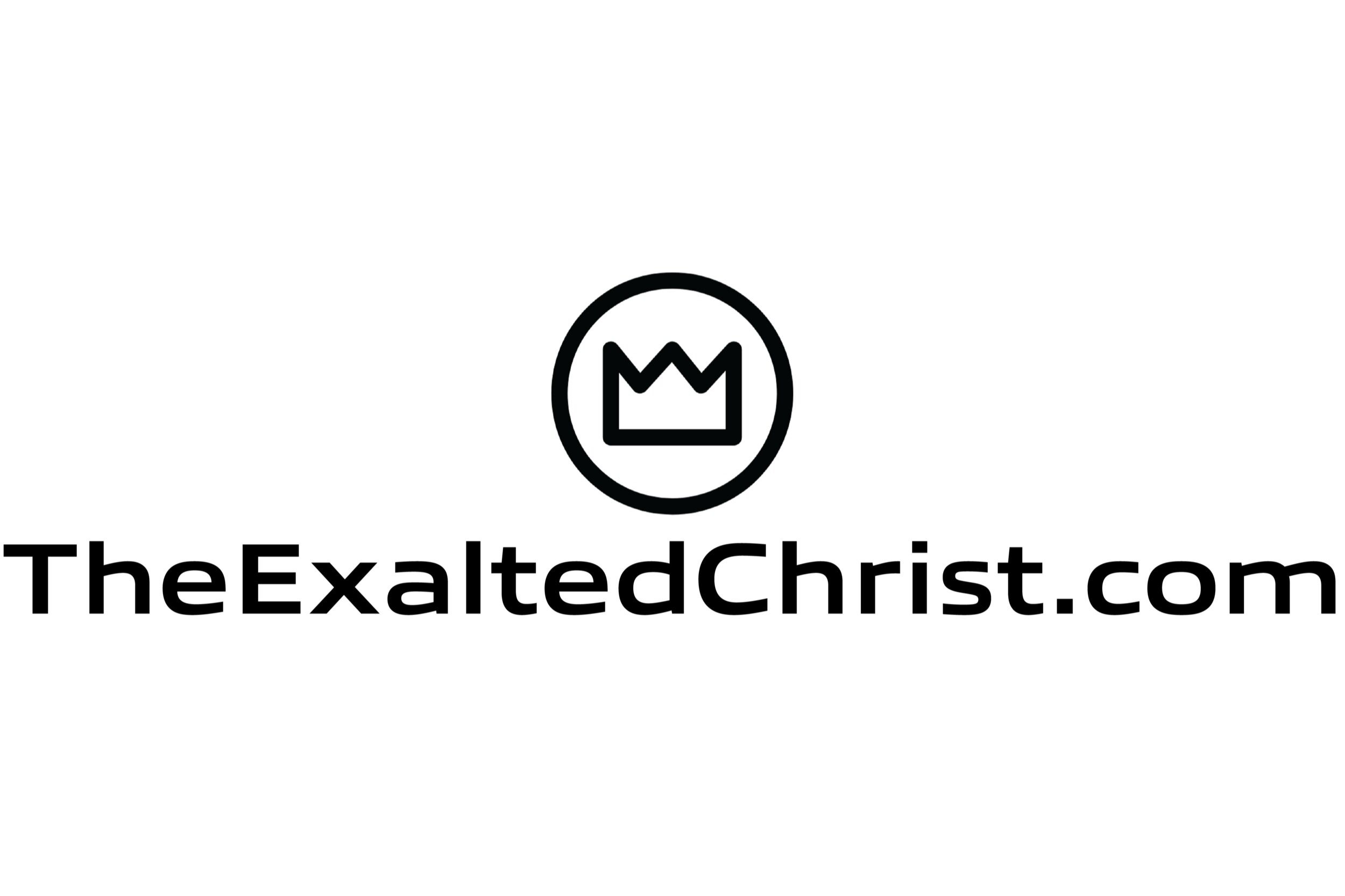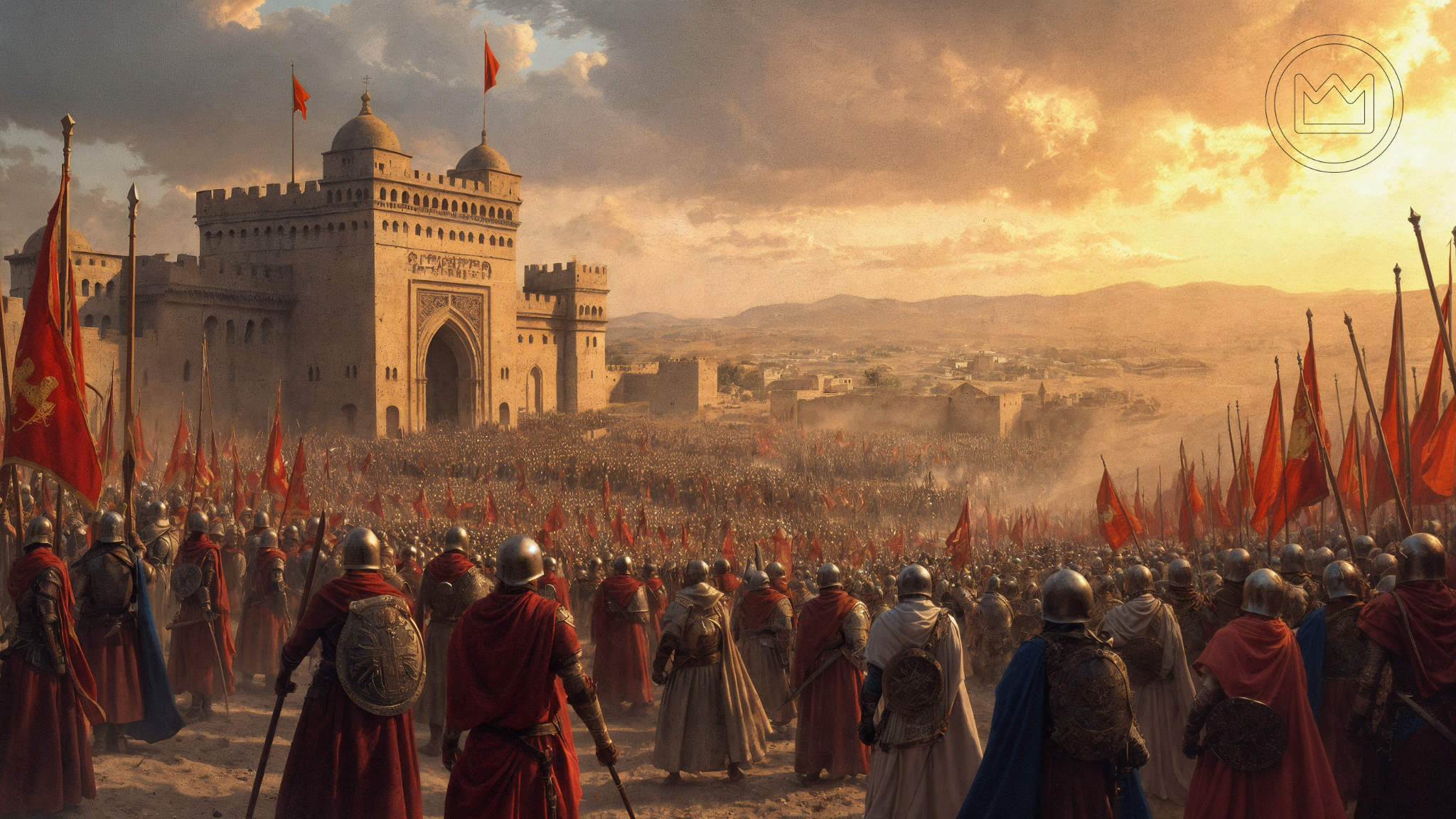Crusades, Corruption, and Calls for Reform
Crusades, Corruption, and Calls for Reform: The Medieval Church at Its Peak and Depths (AD 1054-1300)
Part 8 of 12 in the Church History Series
In 1077, the most powerful ruler in Europe stood barefoot in the snow for three days, begging forgiveness from the Pope. By 1303, a French king's soldiers slapped a Pope in the face and held him captive. Between these extremes lies the story of medieval Christianity at its most powerful and most corrupt—a church that could humble emperors while losing its own soul.
The Zenith of Papal Power
Following the Great Schism, the Western church entered its most dominant period. Two popes in particular embodied this supremacy: Gregory VII and Innocent III.
Gregory VII (Hildebrand): Making Emperors Kneel
Hildebrand, who became Pope Gregory VII in 1073, believed the church should control civil power, not submit to it. His Dictatus Papae made breathtaking claims:
- The Pope alone can depose emperors
- No one can judge the Pope
- The Roman Church has never erred and never will err
- The Pope can release subjects from allegiance to wicked rulers
When Emperor Henry IV challenged these claims by appointing bishops, Gregory excommunicated him—the nuclear option of medieval politics. Without the church's blessing, Henry's nobles threatened rebellion.
The Humiliation at Canossa
In January 1077, Henry IV crossed the Alps in winter to meet Gregory at Canossa castle. For three days, the Emperor of the Holy Roman Empire stood outside in the snow, barefoot and wearing sackcloth, begging forgiveness.
Gregory finally absolved him, but the damage was done. The image of an emperor kneeling before a pope sent shockwaves through Europe. Spiritual authority had visibly triumphed over temporal power.
Yet Henry learned his lesson differently than Gregory intended. Once secure on his throne, he appointed an antipope and drove Gregory into exile. Gregory died declaring, "I have loved righteousness and hated iniquity; therefore I die in exile."
Innocent III: The Papal Monarchy
If Gregory showed papal power's potential, Innocent III (1198-1216) fulfilled it. Elected pope at 37, he viewed himself as "Vicar of Christ"—standing between God and man, above all earthly rulers.
Innocent's achievements were staggering:
- Forced King Philip Augustus of France to take back his divorced wife
- Made King John of England his vassal after a dispute over the Archbishop of Canterbury
- Decided the succession of the Holy Roman Empire
- Called the Fourth Lateran Council, establishing doctrine for centuries
- Launched the Albigensian Crusade against heretics
"The Lord left to Peter the governance not of the church only but of the whole world." — Pope Innocent III
Under Innocent, the papacy became Europe's supreme court, ultimate authority, and greatest power. Yet this triumph contained seeds of destruction. By claiming temporal authority, popes became politicians—and politics corrupts.
The Crusades: Holy War's Unholy Reality
Nothing illustrates medieval Christianity's contradictions better than the Crusades. Between 1095 and 1291, Western Christians launched multiple military campaigns to reclaim the Holy Land from Muslim control.
Why Crusade?
Pope Urban II launched the First Crusade in 1095 with multiple motivations:
- Religious: Reclaim Jerusalem and help Eastern Christians
- Political: Unite Europe under papal leadership
- Social: Channel violent nobility toward external enemies
- Spiritual: Offer salvation through holy war
Urban's speech at Clermont electrified Europe. Crowds shouted "Deus vult!" (God wills it!) as thousands took the cross.
Major Crusades Summary
| Crusade | Years | Outcome | Significance |
|---|---|---|---|
| First | 1096-1099 | Captured Jerusalem | Established Crusader states; massacre of Jerusalem's inhabitants |
| Second | 1147-1149 | Failed | Led by kings; strengthened Muslim unity under Saladin |
| Third | 1189-1192 | Partial success | Richard the Lionheart vs. Saladin; kept coastal cities |
| Fourth | 1202-1204 | Disaster | Sacked Constantinople instead of fighting Muslims |
| Children's | 1212 | Tragedy | Thousands of children died or were enslaved |
| Fifth-Ninth | 1217-1272 | Failed | Declining enthusiasm; final loss of Crusader states |
The Crusades' Dark Legacy
The First Crusade's conquest of Jerusalem in 1099 revealed holy war's horror. Crusaders slaughtered Muslims, Jews, and Eastern Christians indiscriminately. A contemporary chronicler wrote: "Men rode in blood up to their knees and bridle reins."
The Fourth Crusade (1202-1204) was worse. Diverted by Venetian merchants, Crusaders attacked Constantinople—the greatest Christian city. They looted churches, destroyed libraries, and installed a Latin patriarch. Orthodox Christians never forgave this betrayal.
💔 The Children's Crusade
In 1212, thousands of children, led by a French peasant boy named Stephen and a German boy named Nicholas, believed they could peacefully convert Muslims through innocence. Most never reached the Holy Land. Many died of hunger or disease; others were sold into slavery by unscrupulous merchants. This tragedy showed how Crusading fervor had become dangerous fanaticism.
New Movements: Reform from Within
As the institutional church grew corrupt, reform movements arose seeking authentic spirituality. Unlike later Protestant reformers who left the church, these groups sought renewal from within.
The Cistercians: Back to Benedict
Founded in 1098, the Cistercians reacted against wealthy Benedictine monasteries. They emphasized:
- Manual labor over elaborate liturgies
- Simple architecture—no stained glass or sculpture
- Remote locations away from worldly temptation
- Economic self-sufficiency through agriculture
Bernard of Clairvaux: The Conscience of Europe
Bernard (1090-1153) joined the struggling Cistercians with 30 relatives and friends, revitalizing the order. His influence was enormous:
- Founded 163 monasteries across Europe
- Advised popes and kings while refusing high office
- Preached the Second Crusade (which he later regretted)
- Wrote mystical works still read today
- Challenged theological innovations he saw as dangerous
Bernard embodied medieval Christianity's paradox—a mystic who loved Christ passionately yet persecuted those who disagreed with him. His hymns express genuine devotion:
"Jesus, the very thought of Thee
With sweetness fills my breast;
But sweeter far Thy face to see,
And in Thy presence rest."
Yet this same Bernard orchestrated the condemnation of Abelard and supported crushing the Cathars. Medieval saints were complex figures.
The Mendicant Orders: Poor Like Christ
The 13th century saw new religious orders that rejected monastic wealth for radical poverty:
The Franciscans (1209)
Francis of Assisi, a wealthy merchant's son, dramatically renounced everything to follow "Lady Poverty." His movement emphasized:
- Absolute poverty—owning nothing, not even books
- Preaching to common people in vernacular language
- Joy and gratitude in all circumstances
- Love for all creation as God's family
The Dominicans (1216)
Dominic founded his Order of Preachers to combat heresy through education rather than force. Dominicans became the church's intellectuals:
- Rigorous theological training
- University teaching positions
- Inquisition leadership (with mixed results)
- Missionary work through reasoned argument
The Rise of Scholasticism and Universities
As Europe stabilized, intellectual life flourished. Universities emerged from cathedral schools, with Bologna (1088), Paris (1150), and Oxford (1167) leading the way.
Scholasticism developed as a method to organize theological knowledge systematically. Its practitioners asked: Can reason support faith? How do we reconcile Aristotle with Scripture?
Thomas Aquinas: Building an Intellectual Cathedral
Thomas Aquinas (1225-1274) produced the supreme synthesis of faith and reason. His Summa Theologica attempted to answer every theological question through logical analysis.
Aquinas argued that:
- Reason and revelation complement each other
- Philosophy serves theology
- We can prove God's existence through reason
- Grace perfects nature rather than destroying it
His work became Roman Catholicism's official theology, yet Aquinas himself remained humble. Near death, after a mystical experience, he said: "All that I have written seems like straw compared to what has now been revealed to me."
Early Reform Movements: Challenging the System
Not everyone accepted the institutional church's direction. Two significant movements challenged church authority centuries before Luther:
The Waldensians: The Bible for Everyone
Peter Waldo, a wealthy Lyon merchant, gave away his possessions around 1170 to follow Christ in poverty. His followers, the Waldensians, advocated:
- Scripture in vernacular languages
- Lay preaching (including women)
- Rejection of purgatory, indulgences, and prayers for the dead
- Opposition to oath-taking and violence
- Scripture as final authority over church tradition
The Fourth Lateran Council (1215) condemned them as heretics. Yet Waldensians survived persecution, maintaining their faith in Alpine valleys. They still exist today—making them arguably the oldest Protestant church.
The Albigenses (Cathars): Radical Dualists
The Cathars in southern France took a different approach, reviving ancient Gnostic ideas:
- Material world created by evil god; spiritual world by good god
- Christ was pure spirit who only appeared human
- Rejection of sacraments, hierarchy, and material wealth
- Extreme asceticism for the "perfect" (perfecti)
Pope Innocent III launched the Albigensian Crusade (1209-1229) to eliminate them. When asked how to distinguish Catholics from Cathars, the papal legate allegedly replied: "Kill them all; God will know his own." Whether he said it or not, the crusaders acted on it—massacring thousands.
⚠️ When Orthodoxy Becomes Oppression
The violent suppression of Waldensians and Cathars shows how the medieval church often chose force over persuasion. While Cathar theology was genuinely problematic, the Waldensians mainly wanted Bible access and simple faith. Their persecution reveals an institution more concerned with control than truth.
Seeds of Decline
By 1300, cracks in the papal power were showing:
- Nationalism rising: Kings increasingly resisted papal interference
- Corruption growing: Church offices bought and sold like commodities
- Spiritual hunger: Mysticism and reform movements showed dissatisfaction
- Intellectual challenges: Universities produced critical thinkers
- Economic resentment: Church wealth contrasted with gospel poverty
The stage was set for dramatic changes in the century ahead.
Lessons from the High Middle Ages
- Power's corrupting influence: The church gained the world but lost spiritual authority. When popes became politicians, they compromised righteous leadership.
- Violence betrays the gospel: Crusades and inquisitions attempted to advance God's kingdom through human force—contradicting Christ's teachings.
- Reform requires courage: Waldensians and early reformers risked everything for biblical faith. Their witness planted seeds for later renewal.
- Institutions need renewal: Even well-intentioned movements (like monastic orders) drift from biblical ideals. Constant reform is necessary.
- Truth survives suppression: Despite persecution, movements like the Waldensians endured. God preserves His remnant even in dark times.
Reflection Questions
- How does the medieval church's use of political power challenge modern Christians who seek cultural influence?
- What parallels exist between medieval reform movements and contemporary renewal efforts?
- How can churches maintain doctrinal integrity without resorting to coercion or manipulation?

